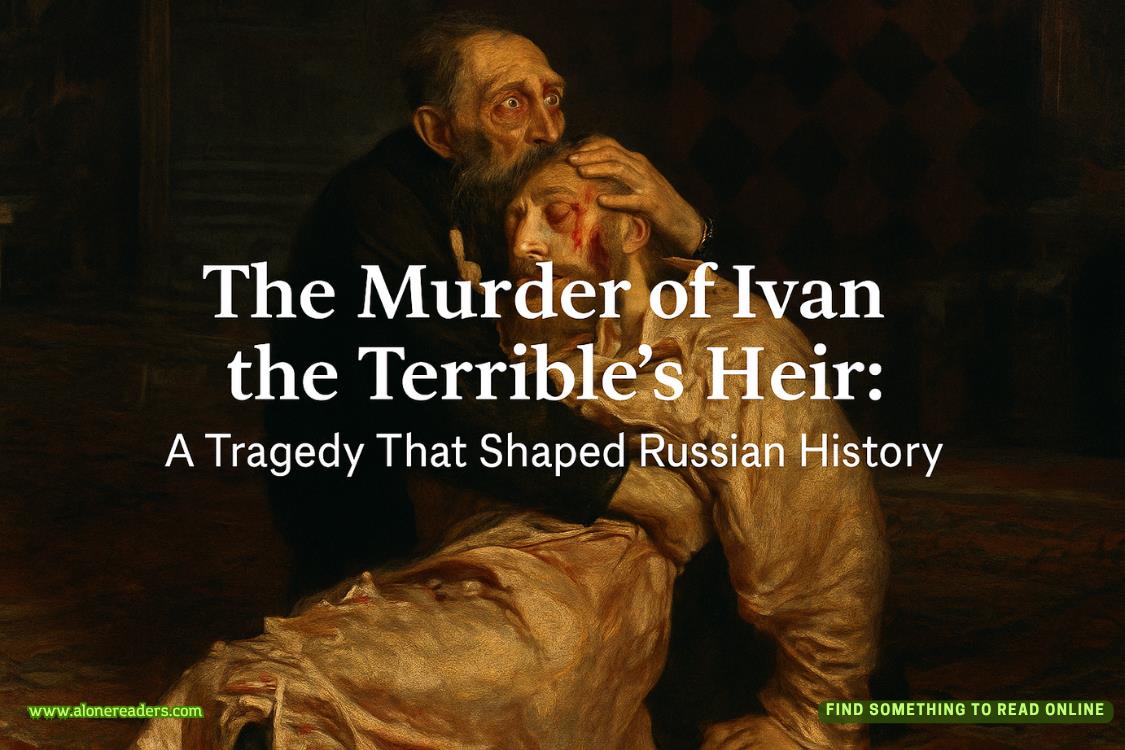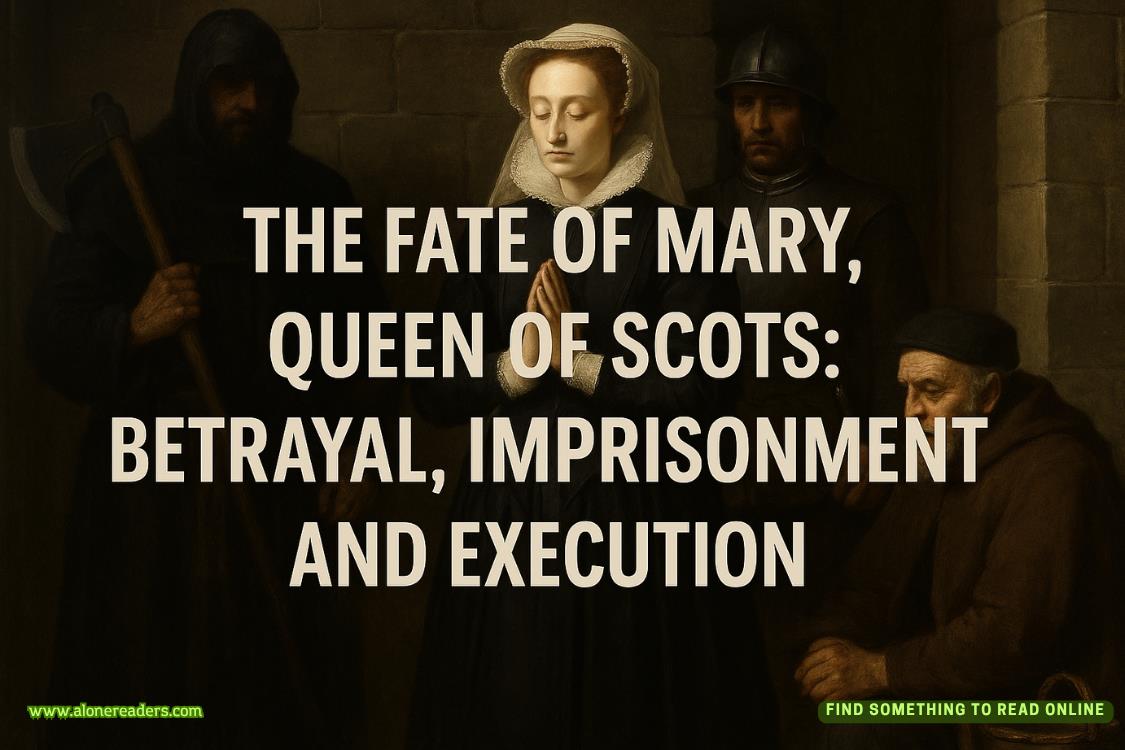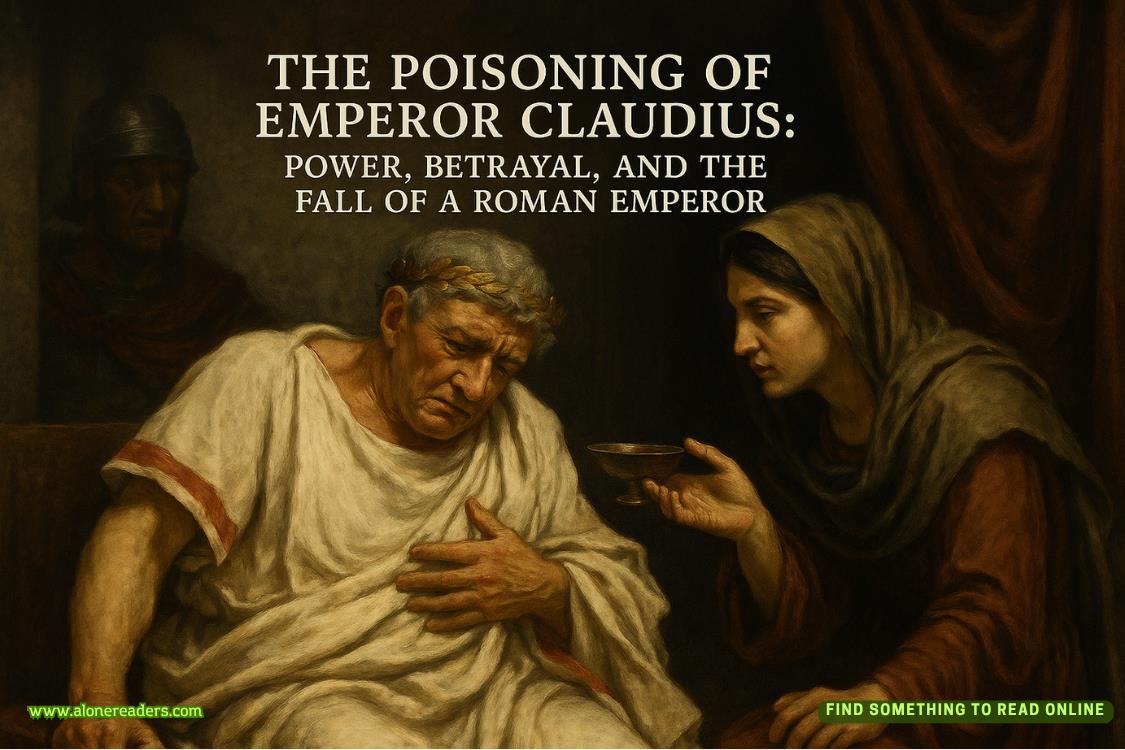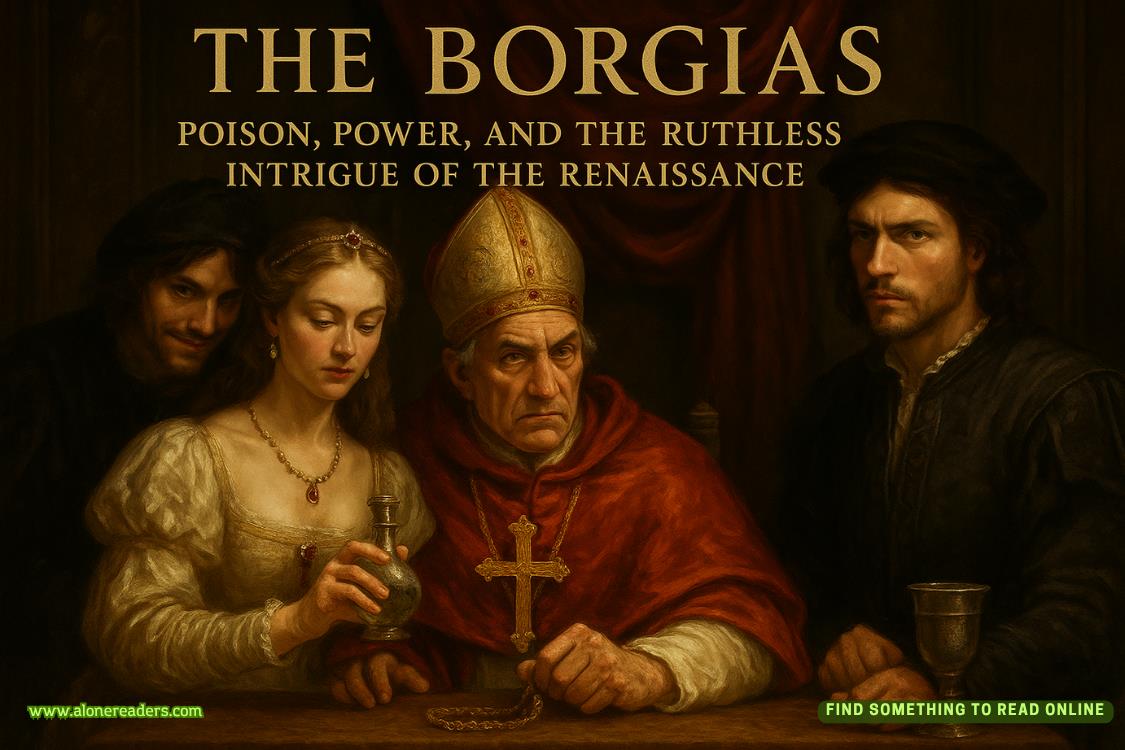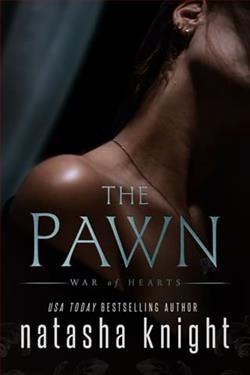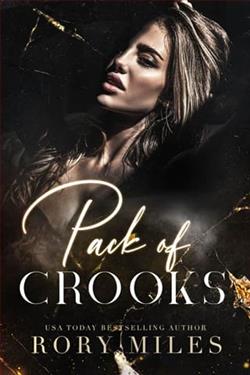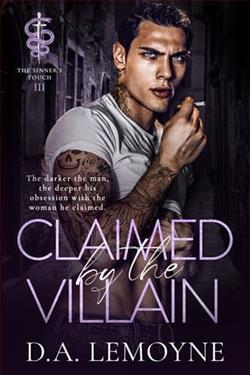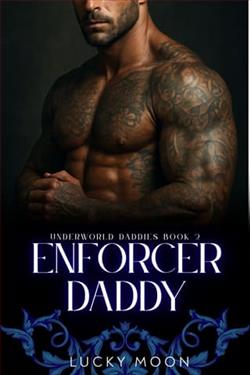Page 28 of Black Coffee (Hercule Poirot 7)
Of note: The Murder of Roger Ackroyd broke all the rules of detective fiction and made Agatha Christie a household name. Widely regarded as her masterpiece (though perhaps it may be called her ‘Poirot masterpiece’ since other titles in her canon — notably And Then There Were None — are similarly acclaimed), The Murder of Roger Ackroyd was the source of some controversy when it was published. The Times Literary Supplement’s praise of the first Poirot, The Mysterious Affair at Styles, ‘almost too ingenious,’ was applied by scores of readers to Ackroyd, who were nonetheless enraptured by the novel, and have remained so over the decades.
Fair warning: There are two things you must do if you know nothing of the book: discuss it with no one, and read it with all speed.
H.R.F. Keating: ‘One of the landmarks of detective literature’ (in his Crime & Mystery: The 100 Best Books).
Julian Symons: ‘The most brilliant of deceptions’ (in his Bloody Murder: From the Detective Story to the Crime Novel).
Irish Independent: ‘A classic — the book has worthily earned its fame.’
5. The Big Four (1927)
Hercule Poirot is preparing for a voyage to South America. Looming in the doorway of his bedroom is an uninvited guest, coated from head to foot in dust and mud. The man’s gaunt face registers Poirot for a moment, and then he collapses. The stranger recovers long enough to identify Poirot by name and madly and repeatedly scribble the figure ‘4’ on a piece of paper. Poirot cancels his trip. An investigation is in order. Fortunately, Poirot has the faithful Captain Hastings at his side as he plunges into a conspiracy of international scope — one that would consolidate power in the deadly cabal known as ‘The Big Four.’
6. The Mystery of the Blue Train (1928)
Le Train Bleu is an elegant, leisurely means of travel, and one certainly free of intrigue. Hercule Poirot is aboard, bound for the Riviera. And so is Ruth Kettering, the American heiress. Bailing out of a doomed marriage, she is en route to reconcile with her former lover. But her private affairs are made quite public when she is found murdered in her luxury compartment — bludgeoned almost beyond recognition. Fans of the later novel Murder on the Orient Express will not want to miss this journey by rail — and Poirot’s eerie reenactment of the crime...
7. Black Coffee (1930; 1998)
Sir Claud Amory’s formula for a powerful new explosive has been stolen, presumably by a member of his large household. Sir Claud assembles his suspects in the library and locks the door, instructing them that the when the lights go out, the formula must be replaced on the table — and no questions will be asked. But when the lights come on, Sir Claud is dead. Now Hercule Poirot, assisted by Captain Hastings and Inspector Japp, must unravel a tangle of family feuds, old flames, and suspicious foreigners to find the killer and prevent a global catastrophe.
Of note: Black Coffee was Agatha Christie’s first playscript, written in 1929. It premiered in 1930 at the Embassy Theatre in Swiss Cottage, London, before transferring the following year to St Martin’s in the West End — a theatre made famous by virtue of its becoming the permanent home of the longest-running play in history, Agatha Christie’s The Mousetrap. Agatha Christie’s biographer, Charles Osborne, who, as a young actor in 1956 had played Dr Carelli in a Tunbridge Wells production of Black Coffee, adapted the play as this novel in 1998.
Antonia Fraser, Sunday Telegraph: ‘A lively and light-hearted read which will give pleasure to all those who have long wished that there was just one more Christie to devour.’
Mathew Prichard, from his Foreword to Black Coffee: ‘This Hercule Poirot murder mystery ... reads like authentic, vintage Christie. I feel sure Agatha would be proud to have written it.’
8. Peril at End House (1932)
Nick is an unusual name for a pretty young woman. And Nick Buckley has been leading an unusual life of late. First, on a treacherous Cornish hillside, the brakes on her car fail. Then, on a coastal path, a falling boulder misses her by inches. Safe in bed, she is almost crushed by a painting. Upon discovering a bullet hole in Nick’s sun hat, Hercule Poirot (who had come to Cornwall for a simple holiday with his friend Captain Hastings) decides that the girl needs his protection. At the same time, he begins to unravel the mystery of a murder that hasn’t been committed. Yet.
Times Literary Supplement: ‘Ingenious.’
9. Lord Edgware Dies (1933)
Poirot was present when the beautiful actress Jane Wilkinson bragged of her plan to ‘get rid of ’ her estranged husband. Now the monstrous man is dead. But how could Jane have stabbed Lord Edgware in his library at exactly the time she was dining with friends? And what could have been her motive, since Edgware had finally granted her a divorce? The great Belgian detective, aided by Captain Hastings, can’t help feeling that some kind of heinous stagecraft is in play. And does more murder wait in the wings?
The New York Times: ‘A most ingenious crime puzzle.’
Times Literary Supplement: ‘The whole case is a triumph of Poirot’s special qualities.’
Noted crime fiction critic Julian Symons selected Lord Edgware Dies as one of Agatha Christie’s best.
10. Murder on the Orient Express (1934)
Just after midnight, a snowstorm stops the Orient Express dead in its tracks in the middle of Yugoslavia. The luxurious train is surprisingly full for this time of year. But by morning there is one passenger less. A ‘respectable American gentleman’ lies dead in his compartment, stabbed a dozen times, his door locked from the inside... Hercule Poirot is also aboard, having arrived in the nick of time to claim a second-class compartment — and the most astounding case of his illustrious career.
Regarding chronology: Agatha Christie seems not much concerned in the course of her books with their relationship to each other. It is why the Marples and the Poirots may be ready in any order, really, with pleasure. However, the dedicated Poirotist may wish to note that the great detective is returning from ‘A little affair in Syria’ at the start of Murder on the Orient Express. It is a piece of business after this ‘little affair’ — the investigation into the death of an archaeologist’s wife — that is the subject of Murder in Mesopotamia (1936). If one wishes to delay a tad longer the pleasures of Orient Express, Murder in Mesopotamia offers no better opportunity.
Fair warning: Along these lines, it is advisable that one not read Cards on the Table (1936) prior to Orient Express, since Poirot himself casually gives away the ending to the latter novel.
Of note: Murder on the Orient Express is one of Agatha Christie’s most famous novels, owing no doubt to a combination of its romantic setting and the ingeniousness of its plot; its non-exploitative reference to the sensational kidnapping and murder of the infant son of Charles and Anne Morrow Lindbergh only two years prior; and a popular 1974 film adaptation, starring Albert Finney as Poirot — one of the few cinematic versions of a Christie work that met with the approval, however mild, of the author herself.
Dorothy L. Sayers, Sunday Times: ‘A murder mystery conceived and carried out on the finest classical lines.’
Saturday Review of Literature: ‘Hard to surpass.’
Times Literary Supplement: ‘Need it be said — the little grey cells solve once more the seemingly insoluble. Mrs Christie makes an improbable tale very real, and keeps her readers enthralled and guessing to the end.’
11. Three-Act Tragedy (1935)
The novel opens as a theatre programme, with this telling credit: ‘Illumination by HERCULE POIROT.’ Light must be shed, indeed, on the fateful dinner party staged by the famous actor Sir Charles Cartwright for thirteen guests. It will be a particularly unlucky evening for the mild-mannered Reverend Stephen Babbington, whose martini glass, sent for chemical analysis after he chokes on its contents and dies, reveals no trace of poison. Just as there is no apparent motive for his murder. The first scene in a succession of carefully staged killings, but who is the director?
The New York Times: ‘Makes for uncommonly good reading.’
12. D
eath in the Clouds (1935)
From seat No. 9, Hercule Poirot is almost ideally placed to observe his fellow air travelers on this short flight from Paris to London. Over to his right sits a pretty young woman, clearly infatuated with the man opposite. Ahead, in seat No. 13, is the Countess of Horbury, horribly addicted to cocaine and not doing too good a job of concealing it. Across the gangway in seat No. 8, a writer of detective fiction is being troubled by an aggressive wasp. Yes, Poirot is almost ideally placed to take it all in — except that the passenger in the seat directly behind him has slumped over in the course of the flight... dead. Murdered. By someone in Poirot’s immediate proximity. And Poirot himself must number among the suspects.
Times Literary Supplement: ‘It will be a very acute reader who does not receive a complete surprise at the end.’
13. The ABC Murders (1936)
